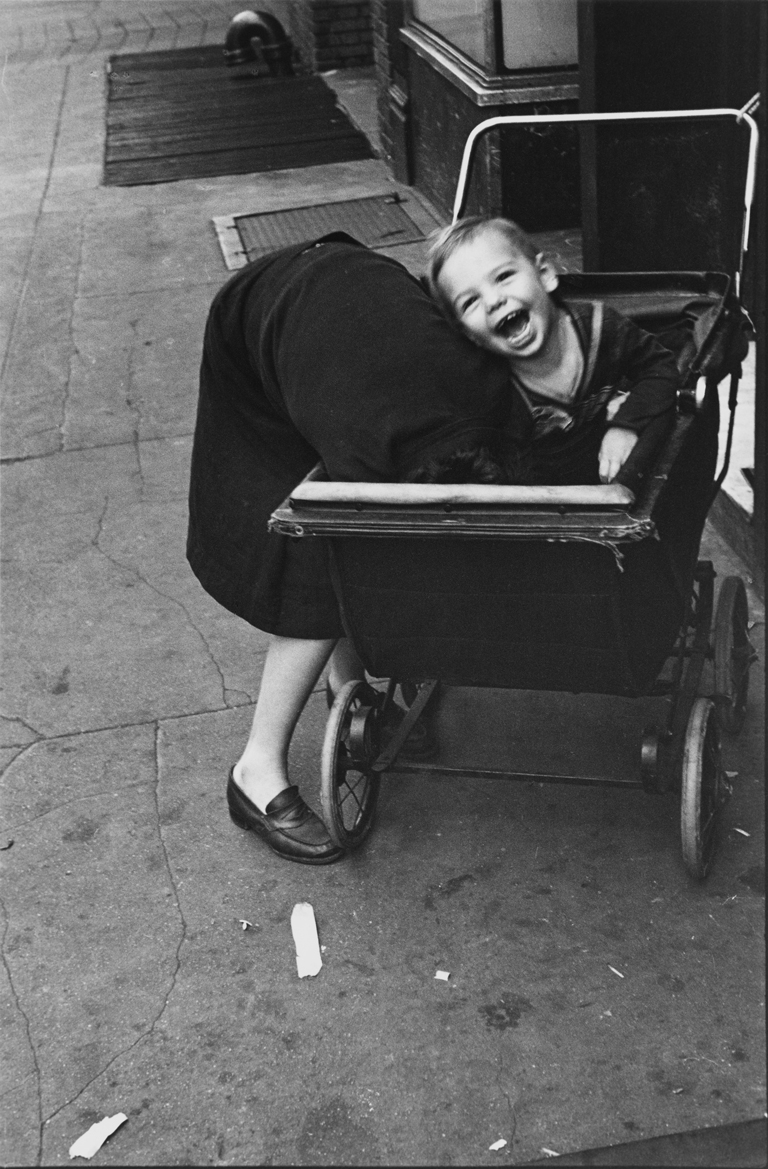
New York, c. 1942
Gelatin Silver Print
© Film Documents LLC, courtesy Zander Galerie, Cologne
Helen Levitt
From 24 September to 1 February 2026
Discover the exhibition
This is the first exhibition of Helen Levitt (1913–2009) drawing on her entire oeuvre and archives, which have only recently been made available to the public. The exhibition offers a comprehensive anthology of her career through nine sections and more than 200 photographs. Along with a tour of the main body of her work, it includes unpublished photographs, works created in Mexico in 1941, and a large part of her color work, a technique she began using in the 1950s. In addition, the documentary In the Street (1948), which she co-directed, is presented, along with a projection of her color slides.
Renowned especially for her work in street photography, Levitt deliberately avoided constructing an explicit narrative in her images and always preferred not to explain or comment on them. Far from detracting from her work, this attitude is one of the key aspects that make her artistic production so interesting. Despite this reserve, her photographs manage to establish a deep connection with the audience thanks to their ability to convey universal emotions and the complexity of human existence.
Curator: Joshua Chuang
Childhood scenes... and enigmatic ones
A pioneer with her own voice
Why do you photograph in Harlem?—”There’s more going on there.” Why do you photograph colored children?— “I think they are beautiful.”
Time, march 1943
Where?
KBr Fundación MAPFRE
Avenida Litoral, 30 – 08005 Barcelona
Times
Tuesday to Sunday (and holidays): from 11:00 a.m. to 7:00 p.m.
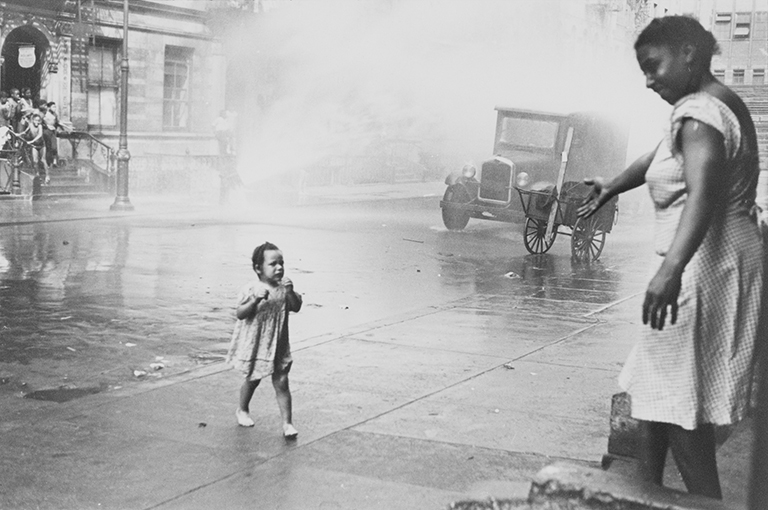
Helen Levitt
New York, c. 1939
Gelatin Silver Print
© Film Documents LLC, courtesy Zander Galerie, Cologne
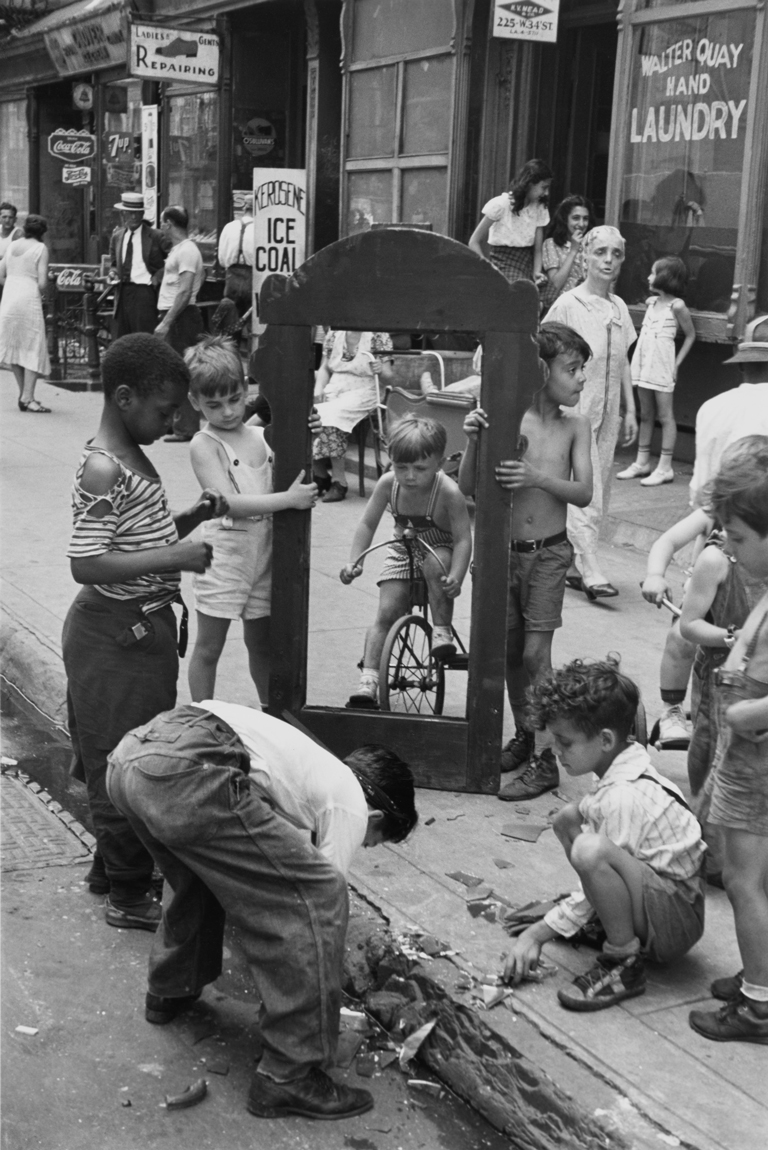
New York, c. 1940
Gelatin Silver Print
© Film Documents LLC, courtesy Zander Galerie, Cologne
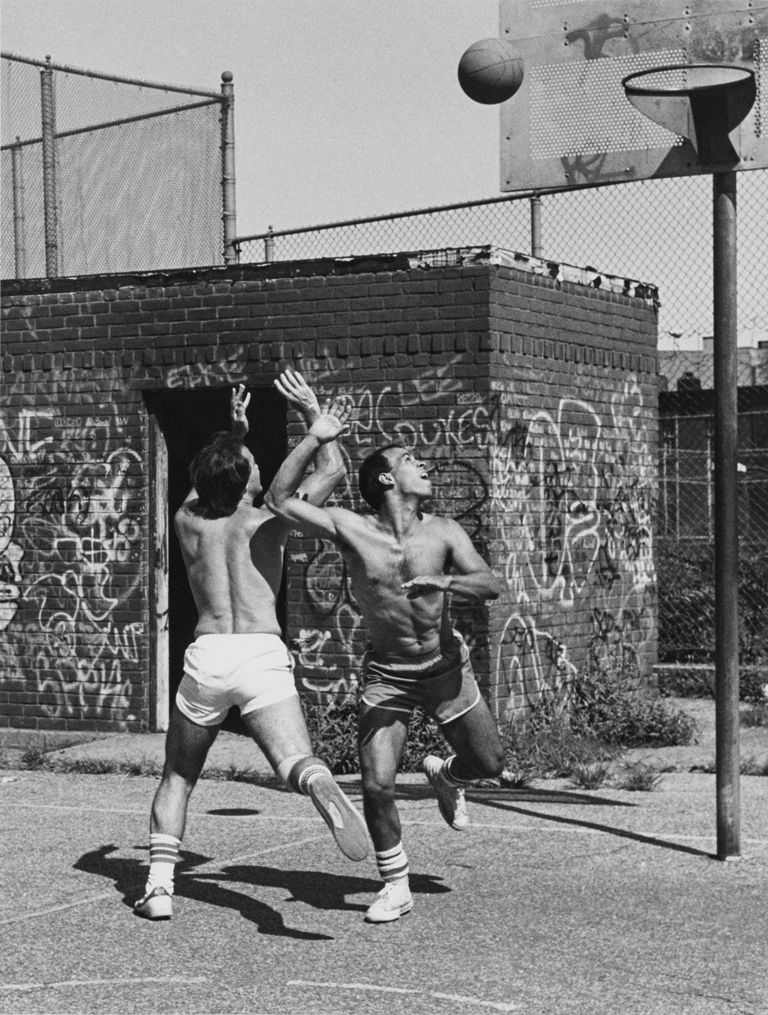
Brooklyn, New York, 1982
Gelatin Silver Print
© Film Documents LLC, courtesy Zander Galerie, Cologne
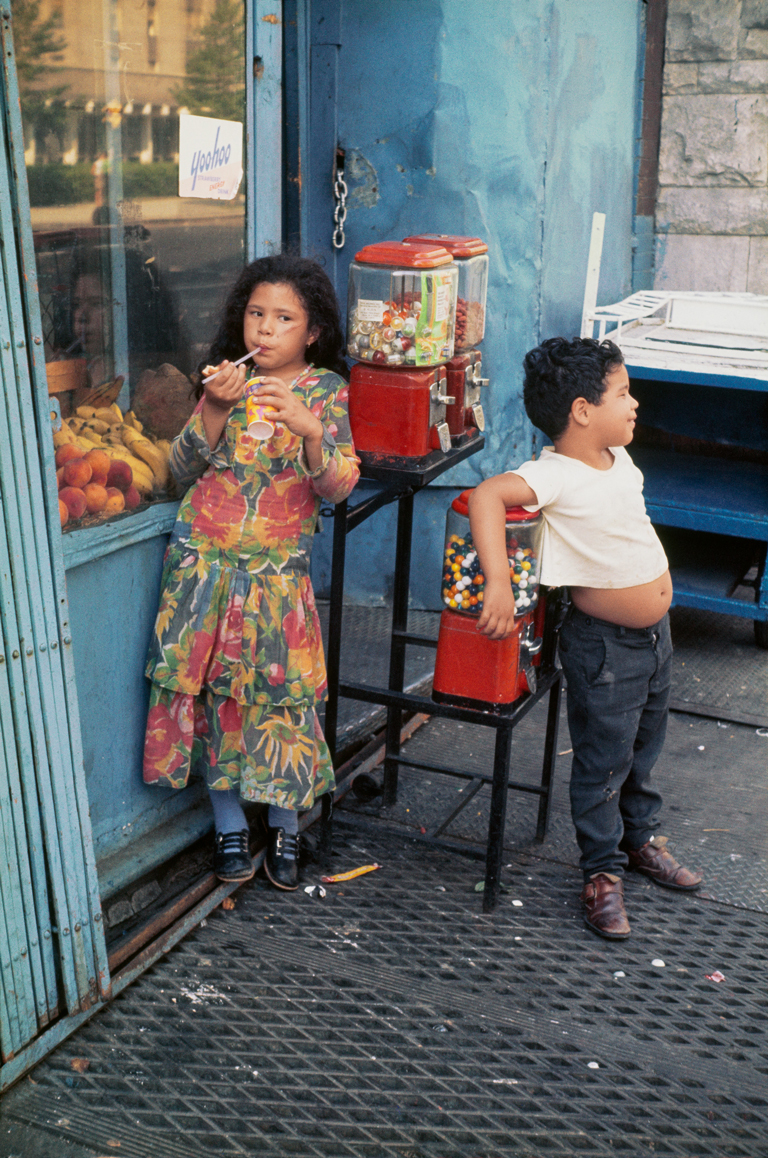
Helen Levitt
New York, 1971
Dye transfer
© Film Documents LLC, courtesy Zander Galerie, Cologne
Helen Levitt
